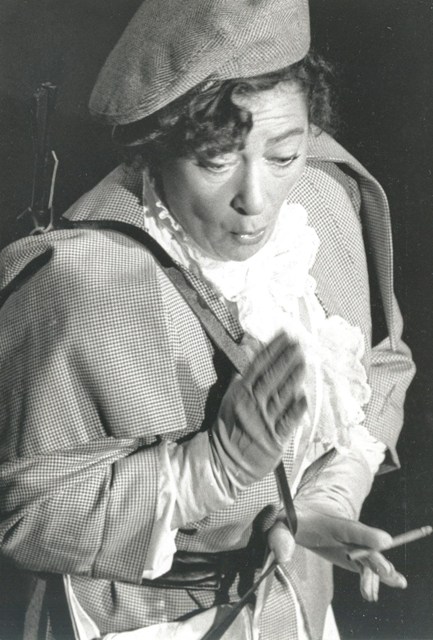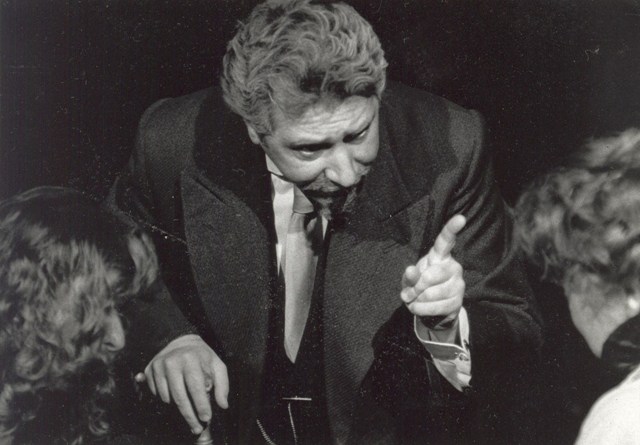

Madame Ranevsky and Trophimof have a serious conversation about Madame Ranevsky's extravagance not only does she continue to run up debts, but she is now considering returning to her abusive lover in France. Charlotte performs, and guests and servants alike dance. On the night of the auction, no solution has arrived. Pishtchik takes out loans from Madame Ranevsky, whose own funds are dwindling away to nothing. Madame Ranevsky is receiving letters from her lover, and Gayef begins to consider a job at a bank. Strange romances between Anya and Trophimof and Dunyasha and Yasha continue, while nothing develops between Lopakhin and Barbara and Dunyasha and Ephikhodof. However, as spring passes into summer, Madame Ranevsky only finds herself more in debt, with no solution in sight. Madame Ranevsky and Gayef object to the idea, and prefer to work something out on their own.

She can lease them and use the money to pay the mortgage. Lopakhin suggests that Madame Ranevsky build villas on the estate. Neither she nor her brother Gayef have money to pay the mortgage on the cherry orchard estate, and unless they find a solution, the state will be auctioned off in August. The main intrigue of the play, however, hinges on Madame Ranevsky's debt. Act I introduces many subplots: a romance between the tutor Trophimof and Anya, another hopeful romance between her sister Barbara and wealthy Lopakhin, a love triangle between the servants Dunyasha, Yasha, and Ephikhodof, the debt of the neighbor Pishtchik, the class struggles of Lopakhin and Firs, the isolation of Charlotte, etc. Her friends and family are overjoyed to see her. Dunyasha confesses a potential romance between she and Ephikhodof, but no one is interested.įinally, Madame Ranevsky returns. Firs has maintained the same post he always has, despite the Liberation. Another former serf, Firs, readies the house during Lopakhin's speeches. Lopakhin begins by telling the story of his own success: born a serf, he has managed to make himself a fortune. She has accrued great debts during her absence. She is now returning from France, where her abusive lover had robbed and abandoned her. She had fled the cherry orchard five years before, after the deaths of her husband and young son. The play opens in May, inside the cherry orchard estate friends, neighbors, and servants are preparing for the long-awaited return of Madame Ranevsky, the mistress of the house, and her daughter Anya. The action takes place over the course of five or six months, but the histories of the characters are so complex that in many ways, the play begins years earlier. The Cherry Orchard describes the lives of a group of Russians, in the wake of the Liberation of the serfs.


 0 kommentar(er)
0 kommentar(er)
